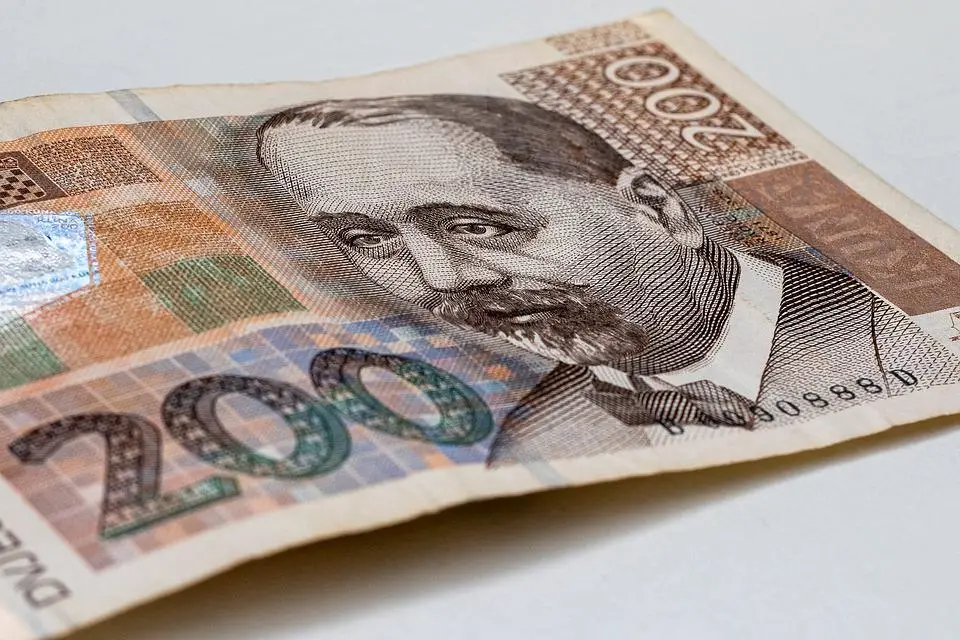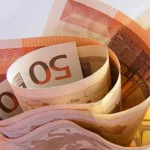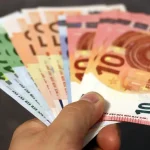As Jadranka Dozan/Poslovni Dnevnik writes, the beginning of summer and the height of the tourist season is also the usual time of the “main harvest” for Croatian exchange offices, with the biggest turnovers in that niche market occuring during the months of July and August.
Last year, almost a third of the total annual turnover of authorised Croatian exchange offices was realised solely during those two summer months, and from the beginning of June to the end of September, 50 percent of the year-round turnover took place.
For many Croatian exchange offices, especially those for which these jobs aren’t just a “side” activity, this summer, given the introduction of the euro at the beginning of next year, could be the last in which they remain in business.
According to the annual report of the Croatian National Bank (CNB) published this week, about 850 authorised Croatian exchange offices were active across the country at the end of last year, with a slightly higher number of them holding CNB licenses, a total of 1,146 of them.
Those who provided foreign currency trade services throughout the year or seasonally did so through approximately 3,500 Croatian exchange offices, where they traded a total of 31 currencies. However, out of 25.1 billion kuna in annual turnover (of which 18 billion kuna refers to purchases), more than 87 percent or 21.7 billion kuna was realised in euros (15 billion kuna through purchases, and the rest through the sale of euros). The majority of the remaining turnover refers to the US dollar (5.6%) and the Swiss franc (4.7% of the turnover).
Compared to pandemic-dominated 2020, last year’s turnover within Croatian exchange offices increased primarily due to the recovery of the travel and tourism industry, by about 30 percent or almost six billion kuna. The first four months of this year also brought year-round traffic growth to offices.
According to the CNB, by the end of April, exchange offices across the country had generated a massive 6.73 billion kuna, compared to less than 5 billion kuna in the same period last year.
Authorised Croatian exchange offices achieved a record turnover back in 2017 (30.2 billion kuna), although in the meantime the inflows of tourist foreign currency grew. For example, in the record year of 2019, exchange offices made less than 30 billion kuna worth of foreign cash exchanges.
To a large extent, the explanation lies in the growing trend of non-cash payment transactions. By accepting foreign payment cards (cards issued outside of the borders of this country), transactions worth 20.8 billion kuna were realised last year.
Compared to the first year of the pandemic, 2020, it’s equal to twice as much, compared to pre-pandemic 2019, not even four percent less, and compared to the exchange record in 2017, the value of transactions with foreign payment cards performed in Croatia last year was about 4.5 billion kuna higher.
There is no doubt that with the introduction of the euro in 2023, the number of CNB licenses for these jobs will fall even further. Most of the approximately (seasonally or year-round) 850 active Croatian exchange offices also perform other activities and currency exchange operations aren’t their main activity.
The CNB estimates that they are the core business for approximately 200 legal entities, which in turn provide these services at approximately 400 exchange offices. It is also estimated that they employ between 600 and 800 employees.
For more, make sure to check out our dedicated business section.











